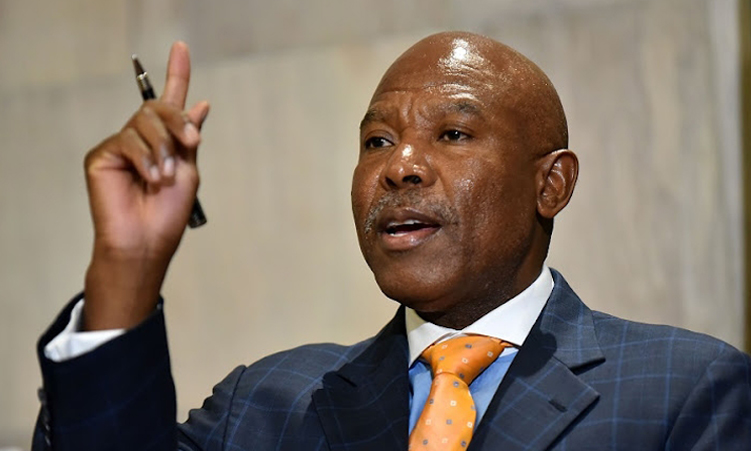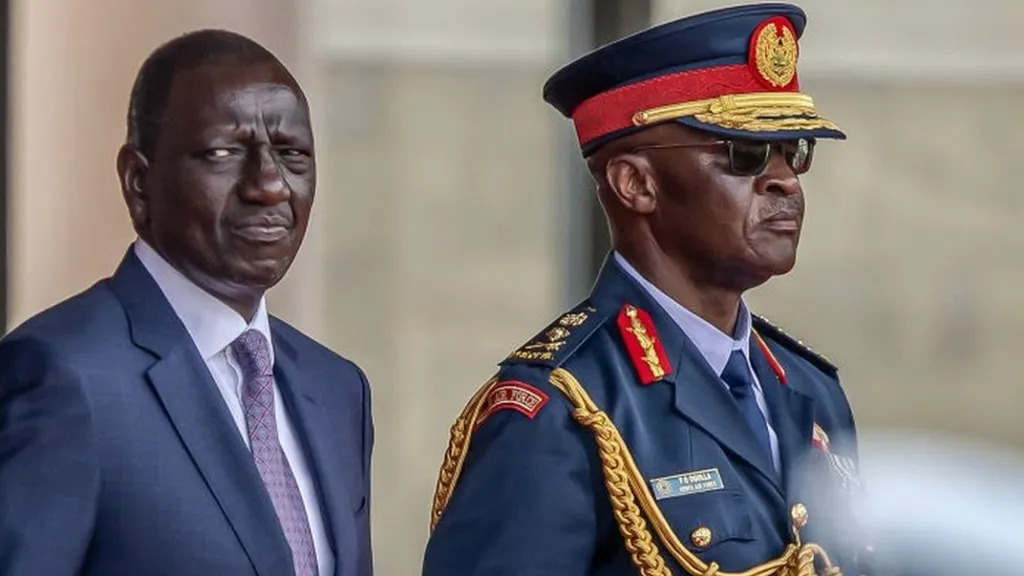Namibia’s benchmark interest rate is now 100 basis points behind that of South Africa, after the South African Reserve Bank (SARB) hiked the repo rate to 8,25% yesterday.
Namibia is at 7,25%, and will certainly hike the rate in the coming two weeks.
The 10th consecutive increase in the repo rate is another attempt to rein in inflation which continues to evade the SARB’s efforts.
The prime lending rate in South Africa is now at 11,75%, just 75 basis points ahead of Namibia’s at 11%, and is at a 14-year high – the steepest level since 2009, according to MoneyWeb.
SARB governor Lesetja Kganyago made the announcement yesterday, and said the Monetary Policy Committee (MPC) decided on the hike, because the South African economy was “sick” with inflation, and the hike is the medicine it needs.
The hike “is a necessary evil” said Kganyago, who added that persistent inflation and elevated financial stability risks continue to mark a somewhat improved global growth outlook.
South Africa’s economic conditions, however, remain poor, he added.
The rise in South Africa’s headline inflation rate has been shaped primarily by fuel, electricity and food price inflation, he said.
Compared to the previous meeting, fuel and electricity price inflation is somewhat lower and food price inflation higher.
Printed inflation for South Africa cooled to 6,8% in April, and the SARB’s target is below 5%, which means until it bows, the hiking cycle is most likely to continue.
A way out, however, according to Kganyago, is when all price setters in the economy start adjusting their prices in line with the target inflation. Only then will an overall balancing off of inflation be achieved.
At the beginning of 2022, the benchmark rate was just at 3,75%. It has now doubled, with no signs of slowing down.
At the last MPC announcement by Bank of Namibia governor Johannes !Gawaxab, he had indicated that Namibia is not safe, with a gap between the repos over 75 basis points causing much capital flight to South Africa.
In over two weeks when a 75 basis points differential was experienced, over N$2 billion had already flocked to South Africa seeking better returns.
This is likely to be the case ahead of BoN’s announcement on 14 June.
In his announcement, Kganyago said economic growth has been volatile for some time and prospects for growth remain uncertain.
An improvement in logistics and a sustained reduction in load-shedding, or increased energy supply from alternative sources, would significantly raise growth.
The rand has also weakened over the past year, with further sharp depreciation in recent weeks.
The implied starting point for the rand forecast is N$18,68 to the US dollar, compared with N$17,80 at the time of the previous meeting.
Currency markets are expected to remain volatile and sensitive to idiosyncratic shocks.
To be above inflation, South Africans will have to grow incomes by over 6,2% this year.
“With core goods and food higher in the near term, headline inflation for 2023 is revised up to 6,2%. Headline inflation for 2024 is also projected to increase to 5,1%, before moderating to 4,5% in 2025 on the back of easing food and fuel inflation,” said Kganyago.
The higher repo rate is, however, good news for savers, said SARB’s deputy governor Fundi Tshazibana as the decision affects both savers and borrowers.
Inflation has now caused the SARB to pursue a restrictive monetary policy, a decision that was unanimous among the five members of the MPC.
Email: lazarus@namiban.com.na
Twitter: @Lasarus_A
Stay informed with The Namibian – your source for credible journalism. Get in-depth reporting and opinions for
only N$85 a month. Invest in journalism, invest in democracy –
Subscribe Now!






